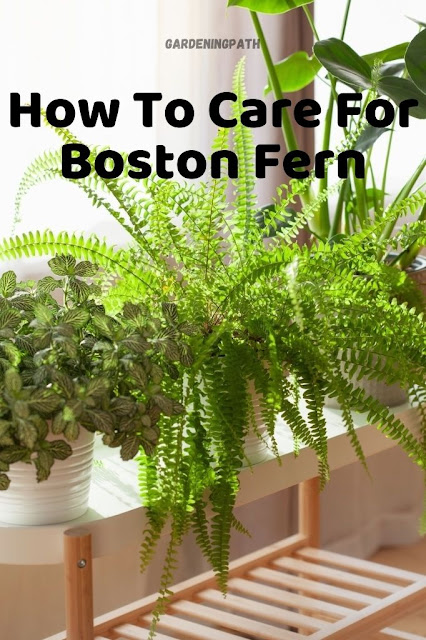HOW TO PROPAGATE SNAKE PLANT CUTTINGS IN WATER
Sansevieria trifasciata (also known as the Snake Plant or Mother-In-Law's Tongue) is one of the most popular and hardy species of houseplants. This succulent plant is very forgiving and perfect for beginners.
Sansevierias have several names: Snake Plant, Mother In Law Tongue, Bowstring Hemp Plant, or Devil’s Tongue. They are some of the easiest and most beautiful plants to grow, Sansevieria plants are great for indoors and mild climates outdoors.
Native to southern Africa, snake plants are well adapted to conditions similar to those in southern regions of the United States. Because of this, they may be grown outdoors for part of all of the year in USDA zones 8 and warmer. However, they spread by sending out underground runners and may become invasive, so treat snake plants like you would bamboo; plant it only in contained areas or pots.
SNAKE PLANT PROPAGATION
Learning how to propagate snake plants is easy. It’s true that too much water can kill your plant, but rooting a snake plant in water is one of the most foolproof methods. You can also root the plant from cuttings, but the fastest way to get a new snake plant is to divide it.
METHOD
CHOOSE A HEALTHY LEAF
PLACE IN GLASS JAR
Once it’s ready, place about an inch of clean, room-temperature water into a jar or glass. Make sure it’s tall enough to support your cutting without falling out. Add your cutting, making sure the cut end is in the water.
WATER
Change the water in your jar twice a day. To ensure your container isn’t building up algae, clean the container itself once a week. Keep your cutting in a location with bright, indirect lighting.
TRANSPLANT
Once roots form at the base of the cutting, allow them to reach at least two inches long. You can then transplant it into the moistened potting mix.
DRAWBACK
The biggest drawback to this method is the risk of your cutting starting to rot. Keep most of the cutting out of the water, only letting that lower part sit in liquid. Also, keep pests away from your young cuttings, as pest damage can be fatal during this fragile time.




Comments
Post a Comment